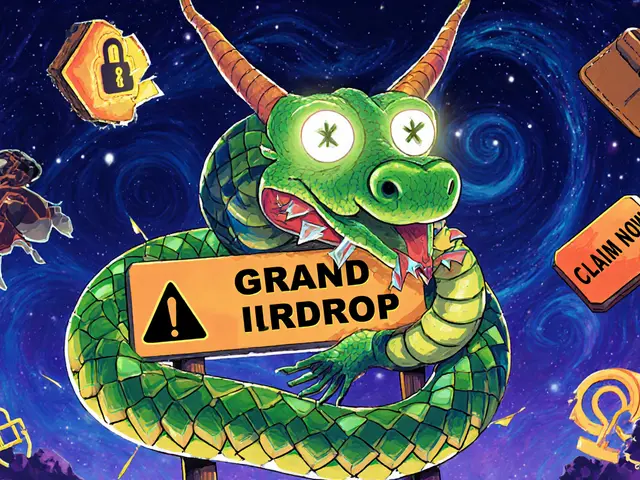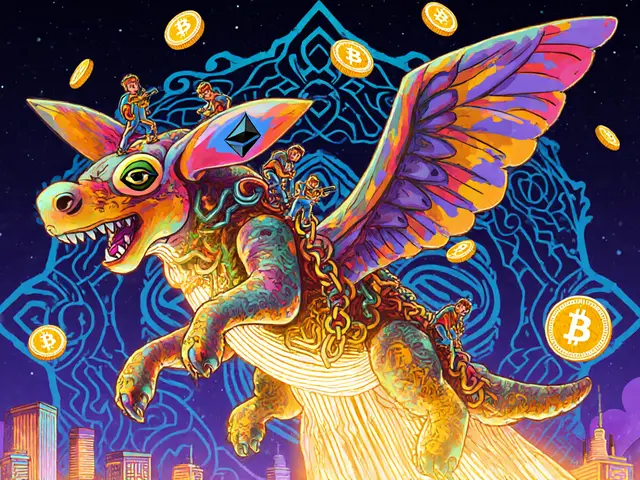GRT Airdrop 2025: How to Qualify and What You Really Need to Know
When people talk about the GRT, the native token of the Graph Protocol, a decentralized network for querying blockchain data. It's not just another crypto token—it's the fuel that powers how apps pull real-time data from blockchains like Ethereum and Polygon. If you’ve heard about a GRT airdrop 2025, you’re probably wondering if it’s real. The short answer: there’s no official GRT airdrop planned for 2025. The Graph Protocol hasn’t announced any new token distribution, and any site claiming otherwise is likely a scam. But that doesn’t mean you can’t earn GRT—just not for free.
The Graph Protocol rewards participants through staking and indexing, not giveaways. Indexers, runners who organize and serve blockchain data to apps stake GRT to earn rewards. Curators, users who signal on useful data queries, or subgraphs, also earn GRT by identifying valuable data sources. These aren’t passive roles—you need to understand how subgraphs work, manage your stake, and monitor network performance. It’s not a lottery. It’s a job. And unlike fake airdrop sites that ask for your seed phrase, the real system runs on-chain with transparent rules.
Some projects, like POAP, digital badges tied to event attendance on blockchain, give out tokens for participation. But GRT doesn’t work that way. You don’t earn it by joining Discord servers or signing up for newsletters. You earn it by contributing real infrastructure. The Graph Protocol has been around since 2020 and has grown into one of the most used data services in DeFi. Apps like Uniswap, Aave, and OpenSea rely on it. That’s why its token isn’t handed out like candy—it’s earned through trust and work.
That’s why you’ll find posts here about failed tokens like FLY, BSL, and DIYAR—projects that promised rewards but delivered nothing. GRT is the opposite. It’s not flashy. It doesn’t need hype. It just works. If you want GRT, learn how indexing works. Set up a node. Stake your tokens. Track your earnings. No gimmicks. No fake airdrops. Just the real mechanics behind one of crypto’s most essential backbones.
Below, you’ll find real reviews of crypto projects that actually deliver value—or don’t. You’ll see how other airdrops like ATA and SAKE work, how scams like veDAO trick people, and why some exchanges, like GroveX or KCEX, might look tempting but carry serious risks. This isn’t a list of get-rich-quick schemes. It’s a collection of what actually matters in crypto: transparency, utility, and what happens when the hype fades.










